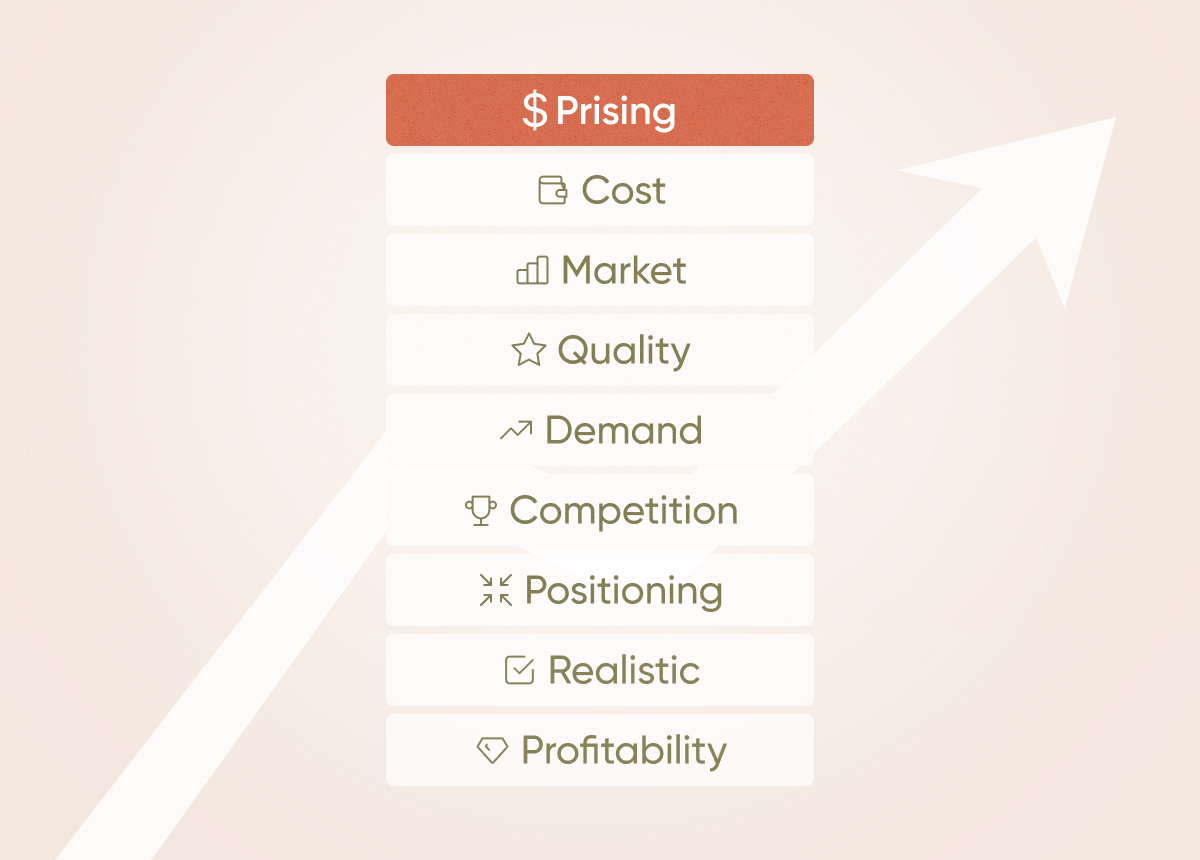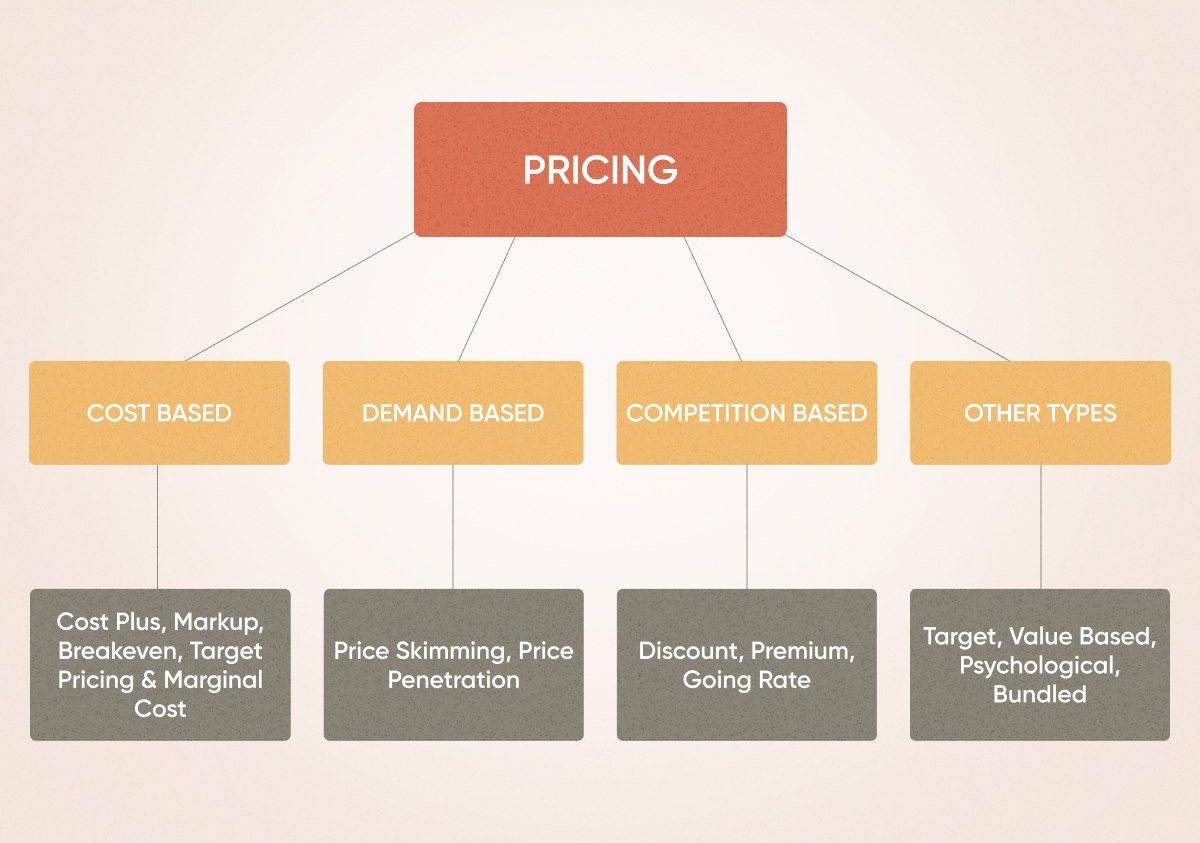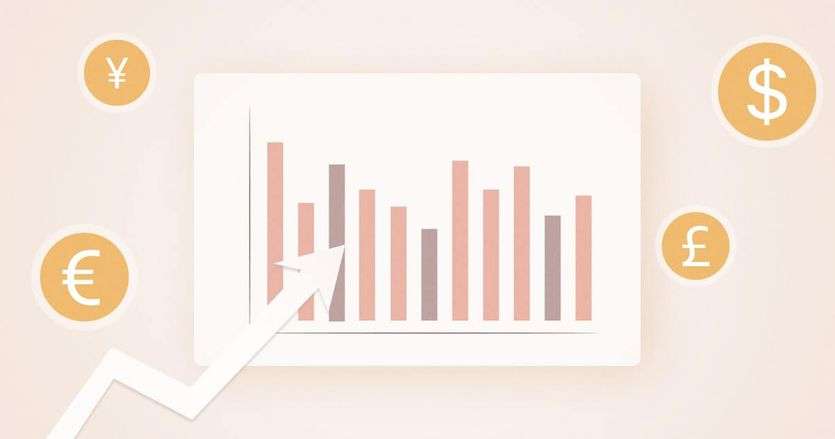Pricing strategy is often addressed with little thought and consideration due to an assumption that it’s a straightforward and brief process. However, this assumption is wrong. Creating a quality strategy from the start and optimizing it as you go will likely have a positive impact on your company’s performance.
What’s pricing?
According to Reactev, pricing is “the set of techniques used to establish the prices for different products and services included in the catalogues of companies.” Put simply, it’s the process of assigning a certain value to a product or service through research, calculations, and risk analysis.

Why is it important?
What consumers are expected to pay for product or service in undoubtedly an important matter, but more specifically, pricing allows your company to stay competitive even in markets with price pressure or increased supply. An appropriate strategy makes it possible for you to secure the profits you’re looking for while making your customers happy.
Top 4 techniques
Businesses often find themselves referring to unique and novel methods to establish prices, which tend to fall under top 4 techniques.

Premium pricing
As the name speaks for itself, this pricing tactic implies pricing your product or service higher than your competition. One of the biggest drivers behind this approach is the need to emphasize the high quality of the offering compared to the alternatives in the market. Luxury brands are known for implementing premium pricing. Tech startups often engage in this method as well. The biggest advantage is that higher profits will likely be generated, combined with improved brand perception and value. At the same time, this method might leave your company vulnerable to undercutting actions of your competitors. It can also lead to limited market opportunity.
Penetration pricing
In case of penetration pricing, you will offer your product or service at a low initial price to quickly gain your target audience’s attention. Sometimes companies are really aggressive with this tactic and assign absurdly low prices to their offerings. The ultimate goal of penetration pricing is to capture market share and do so as quickly as possible, as well as build brand loyalty. It’s important to keep in mind that this approach can lead to high upfront costs, potentially poor brand perception, and price wars with competitors.
Economy pricing
With economy pricing, products are priced based on production value, assuming that no extra marketing or advertising costs will be required. This approach is complicated because the only way to generate profits is to produce and sell large volumes of your product or service. The major disadvantages include low quality, customer disloyalty, and strong competition. At the same time, you will likely increase your brand awareness, face low costs, and experience a smooth customer acquisition process.
Skimming strategy
Skimming strategy involves setting a high initial price, assuming that early adopters that are price insensitive will accept it, and lowering it over time. A popular example of a company that utilizes this strategy is Apple. Every time a new iPhone comes out, it is priced more highly and later goes down in price. Many other companies of all sizes employ this approach as part of their pricing strategy.





